Federico Fellini | 1hr 45min

At Cinecittà Studios where Federico Fellini shot his most famous films, the ageing Italian director is preparing for his next endeavour. This is to be his adaptation of Franz Kafka’s novel ‘Amerika’, though on the outer, self-aware layer of Intervista which recognises this whole enterprise as fiction, the substance of the source material barely matters. While buxom actresses desperately compete for the coveted role of Brunelda, Fellini entreats a Japanese television crew looking to report back home on his production, and old friends unexpectedly reunite to reminisce on their glory days. There is work to be done in this bustling film studio, but over the decades it has also become a second home for him to relax and play in, like “a fortress, or perhaps an alibi” he slyly remarks.
Just as Fellini inserts himself as the main character, so too are the soundstages and backlots of Cinecittà depicted authentically for perhaps the first time in its long history. Intervista careens almost directly into documentary territory here, pulling the curtain back even further than 8 ½ or Roma, only to intermittently expose the surrealism which has bled from his art into his life. These blurred lines are where he is most comfortable as a filmmaker, though as Fellini’s illustrious career begins to wind down into more modest projects, it is clear that his once-tight grasp on cinematic and narrative chaos has slackened.
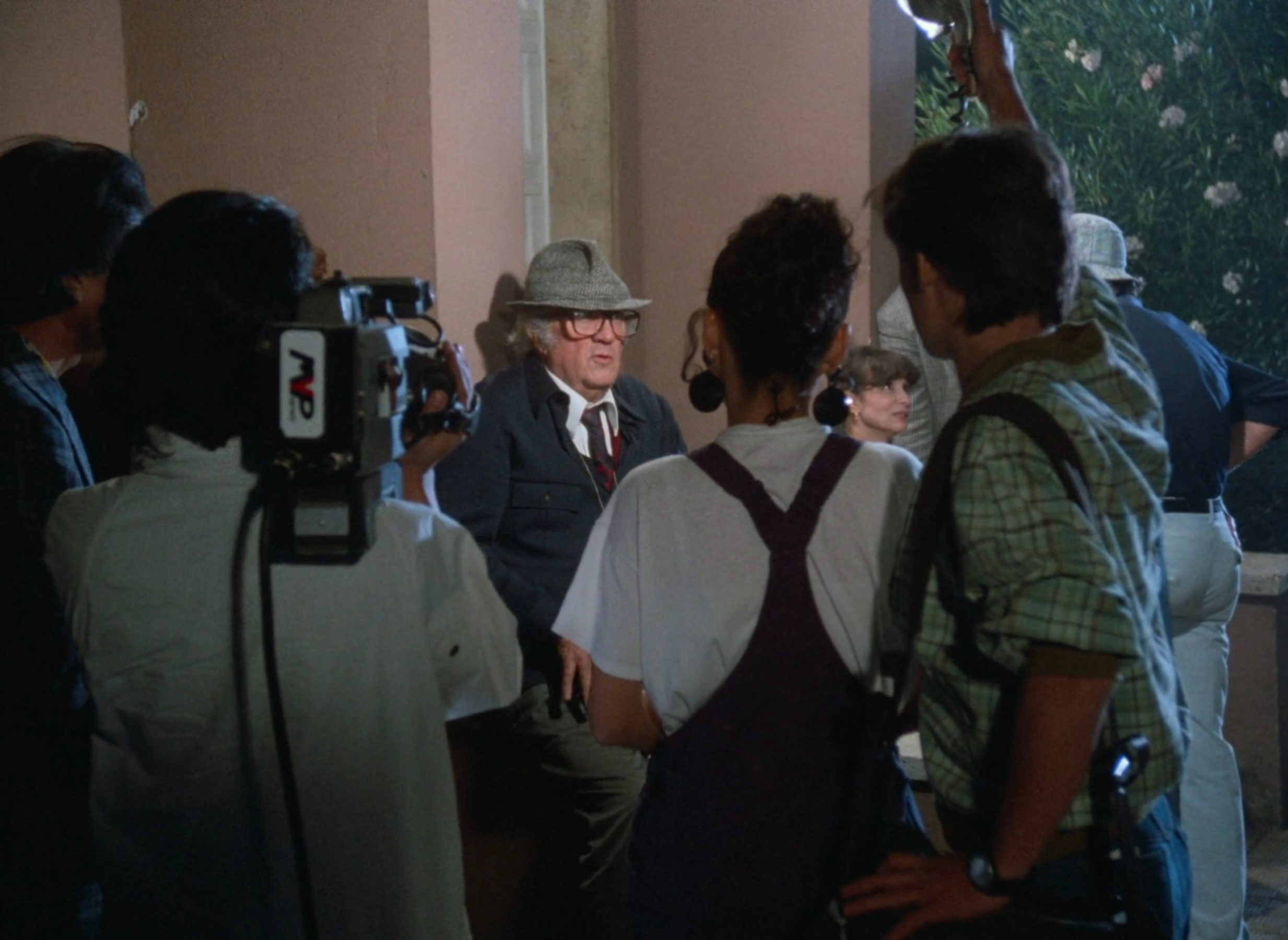
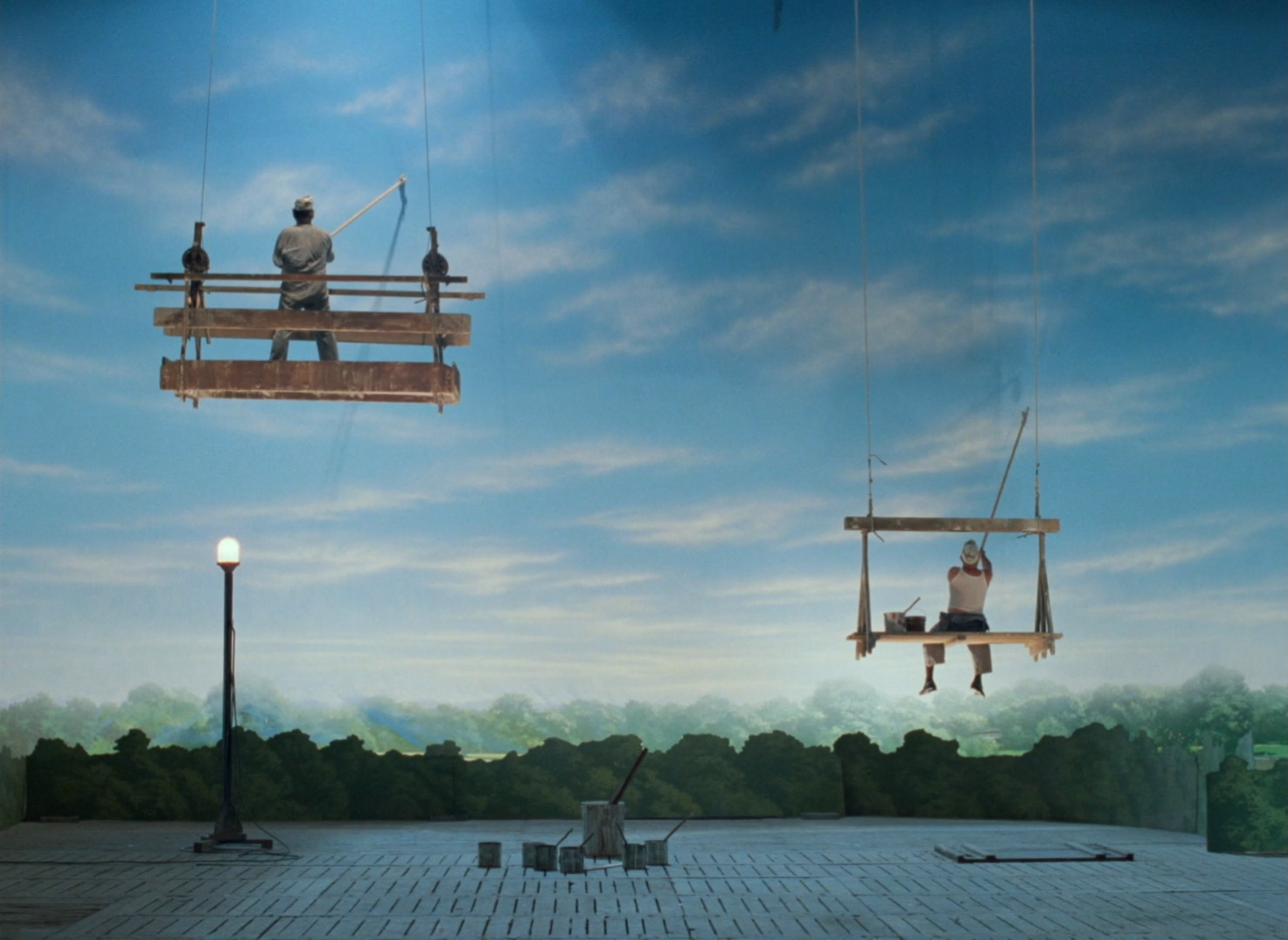
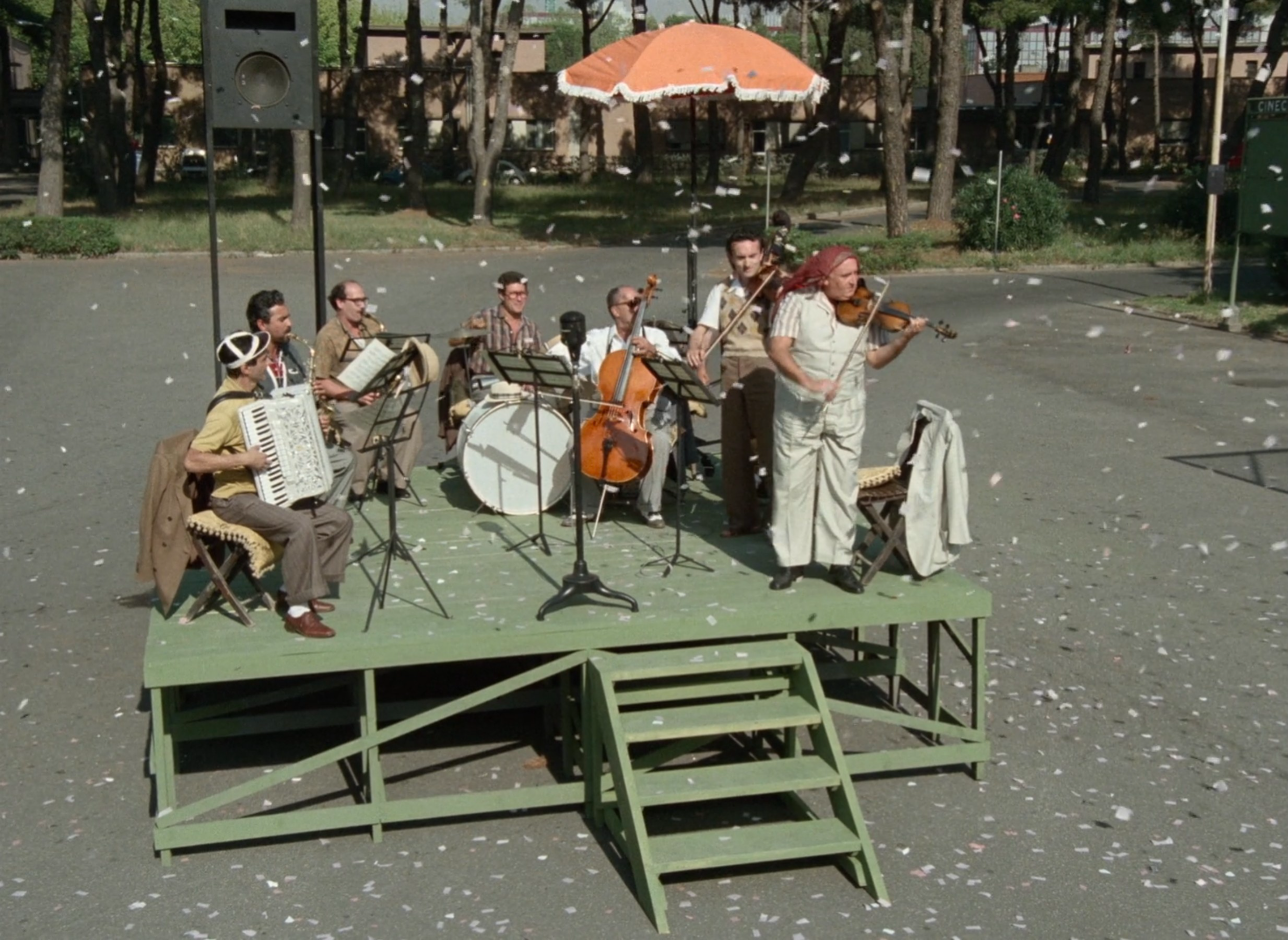
There is not a whole let of sense to the structure of this piece, gliding aimlessly between scenes of movie productions and reconstructed memories without great formal purpose. Echoes of 8 ½ manifest in dreams of flying above the studio, but Intervista is far more compelling when it is paving new ground, casting actor Sergio Rubini as a vague blend of himself and a younger Fellini first coming to the studio in 1940. The pink dressing room where he interviews matinee idol Katya is a stunningly uniform set piece of roses, drapes, and chaise lounges, though he is far more entranced by the chaos of the studio itself, watching giant sets roll through showers of white petals and sparkling dancers take centre stage in a gaudy historical epic. Suddenly, a trunk falls off the head of a fake elephant, sending the director into a hysterical argument with his crew who begin toppling all the other cut-outs – until the older Fellini cuts them off. “You were supposed to knock over the first elephant, not the third,” he proclaims, revealing this entire sequence to be yet another layer of fiction within a film he is making about his first visit to Cinecittà.
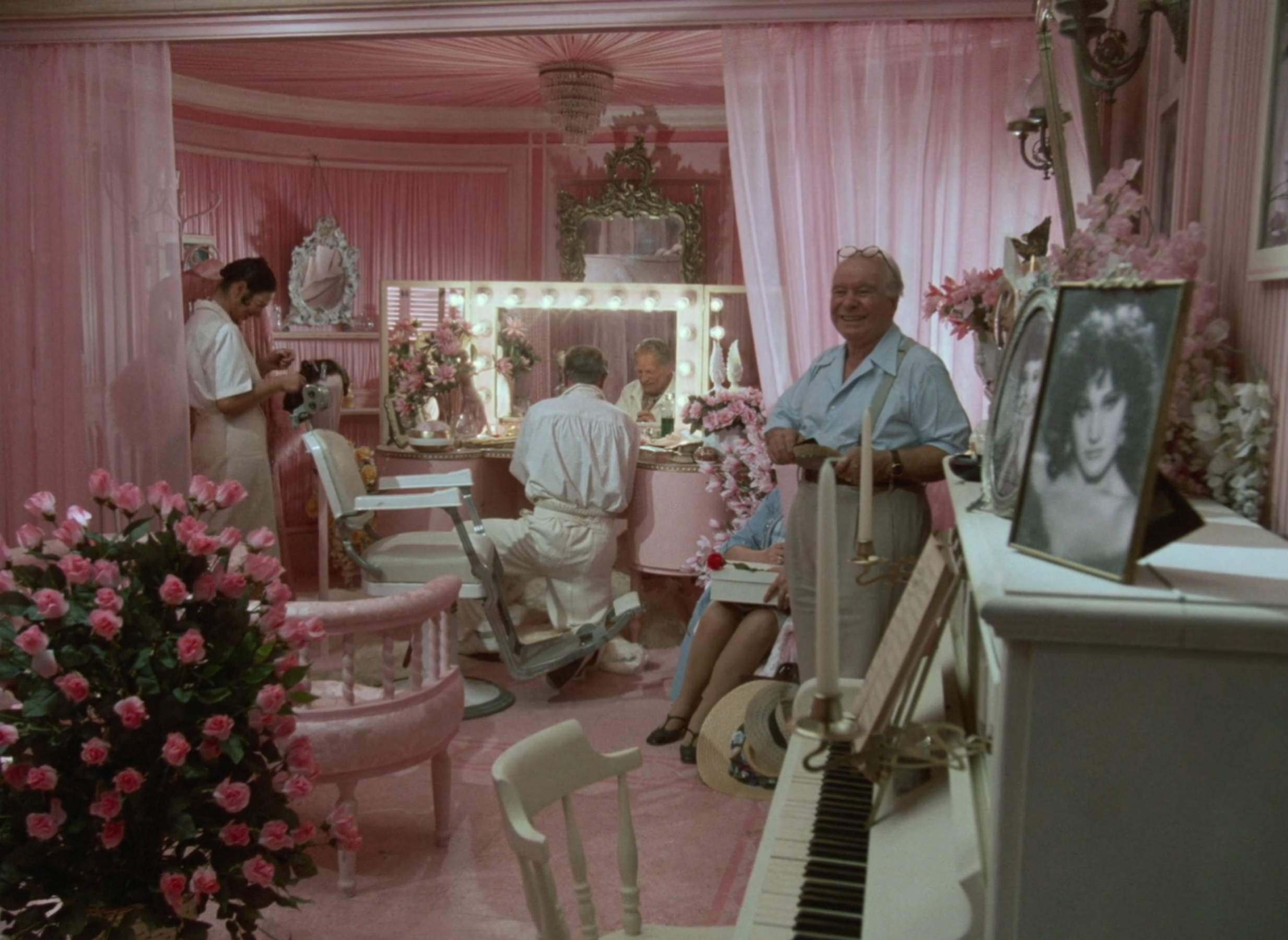
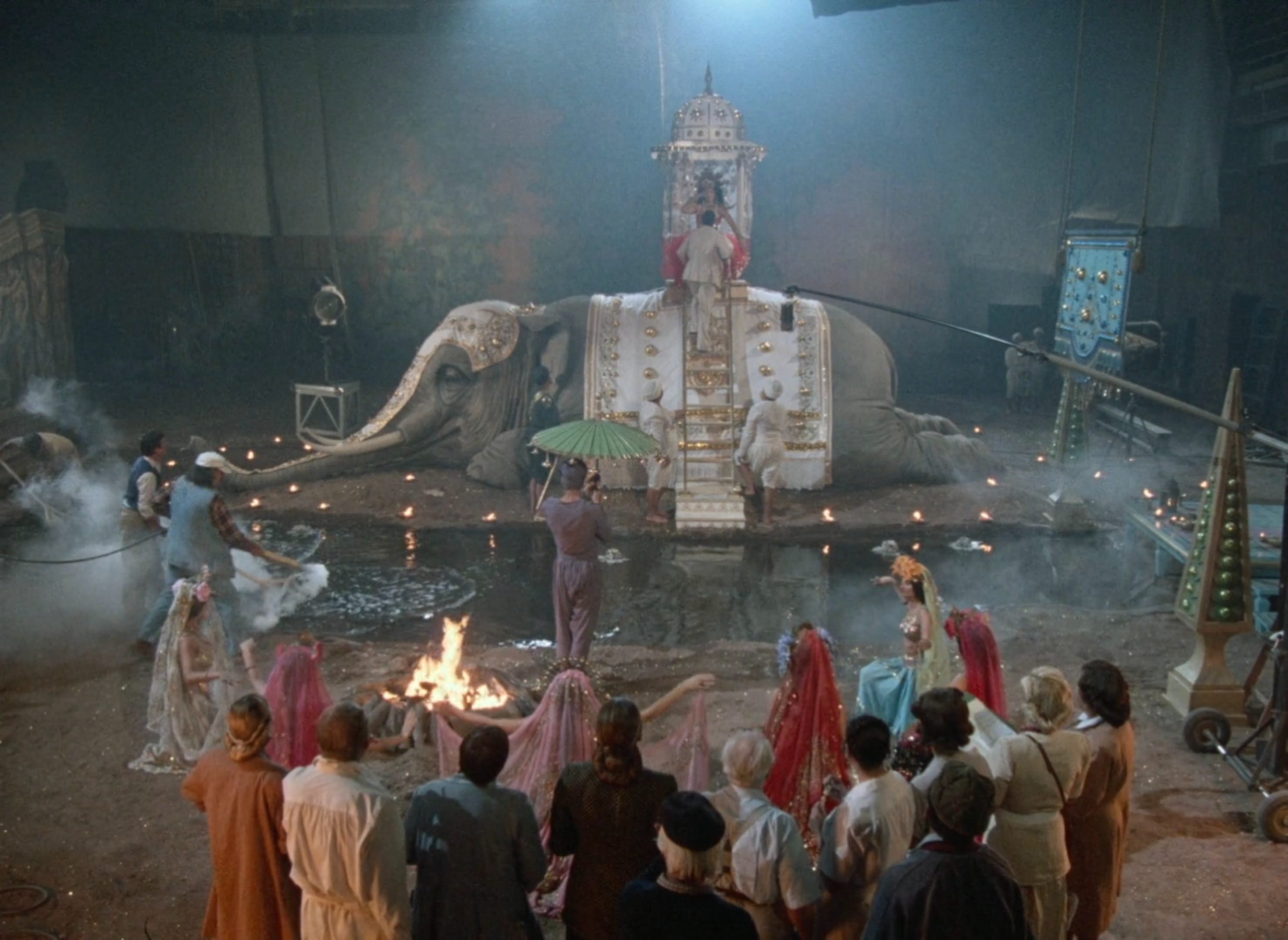
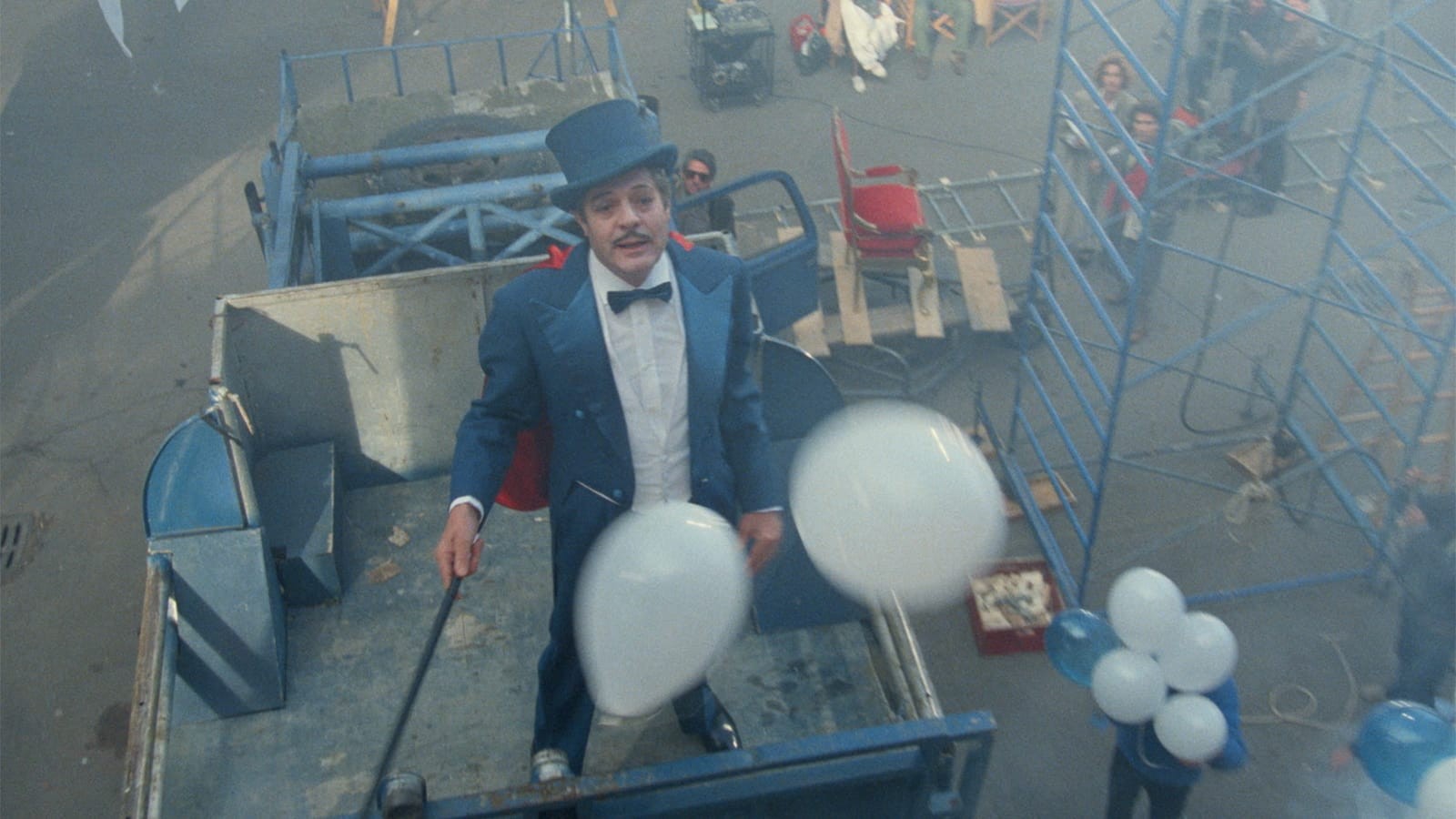
It is a seamless transition he conducts here, not so much forcing us to question where the line is between Fellini’s life and stories than to accept them as one. Especially when Marcello Mastroianni drops in with a dramatic entrance as Mandrake the Magician, Fellini pays sentimental tribute to the cherished relationships he has built over the years through film, gathering up his old collaborator and Rubini into a car to visit Anita Ekberg at her mansion.
The Swedish actress only ever featured in one Fellini film, but as shown here, the impact that her famous Trevi Fountain scene with Mastroianni in La Dolce Vita has had on their lives may be equal to its high standing in Italian culture. When Mastroianni magically summons a white sheet at her house party, the two wistfully recreate their old dance as shadows against its surface, accompanied by Nino Rota’s instantly recognisable score. Afterwards, their eyes turn to a projection of the original Trevi Fountain scene itself, smiling and tearing up with unspoken nostalgia. All at once, we bear witness to the chemistry they shared as attractive young film stars, and how it has strengthened through years of mutual respect and adoration.
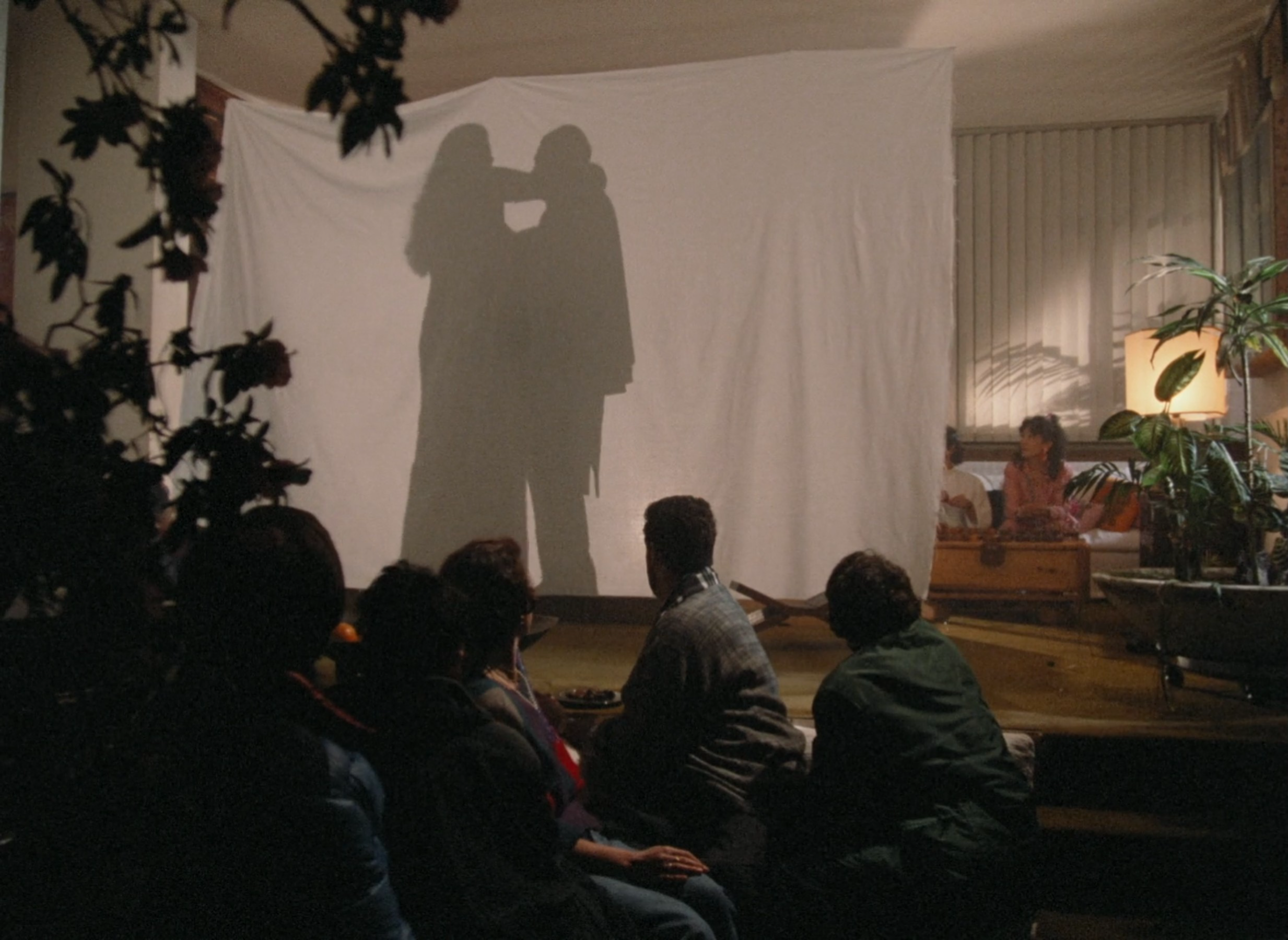
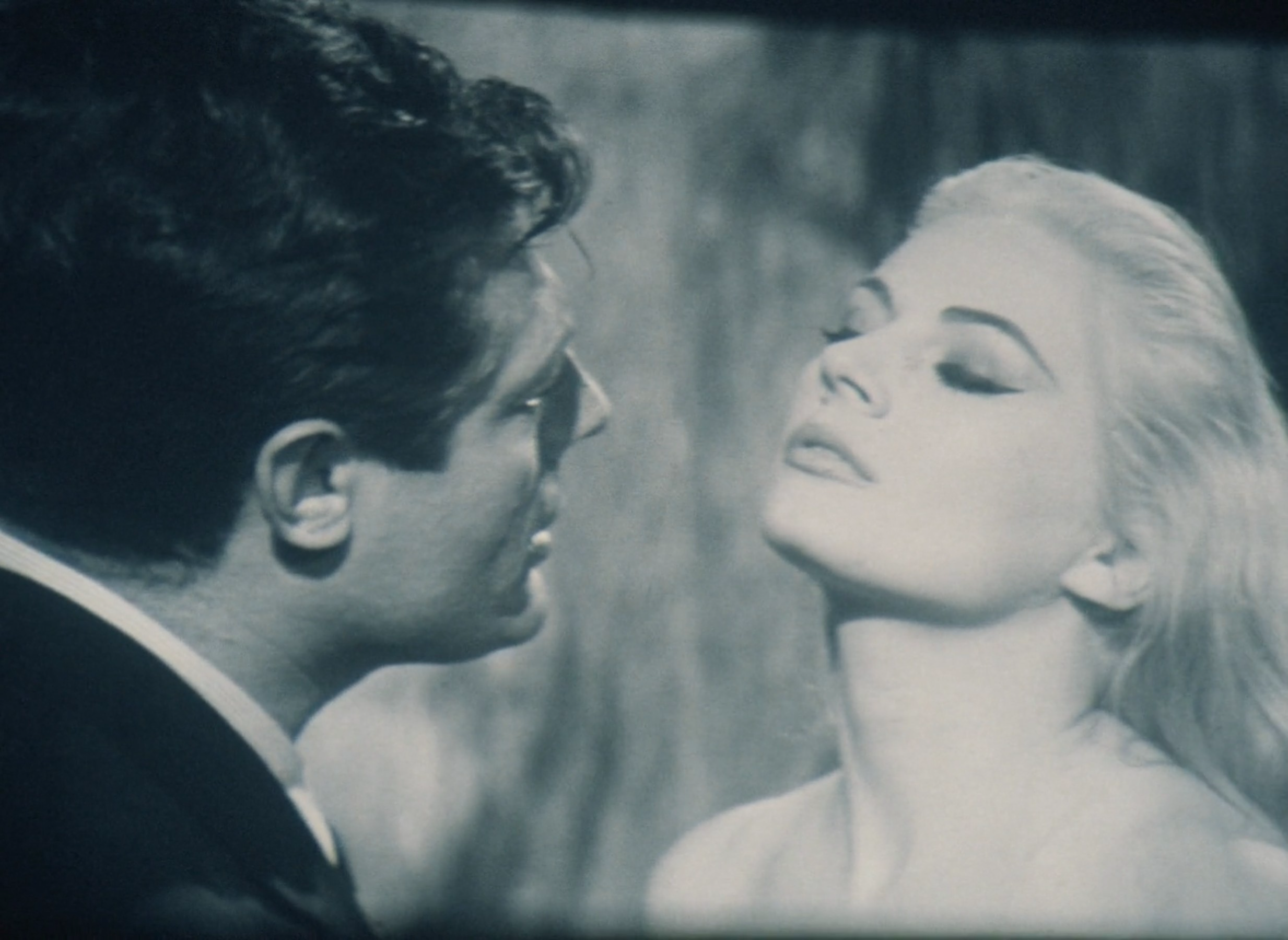
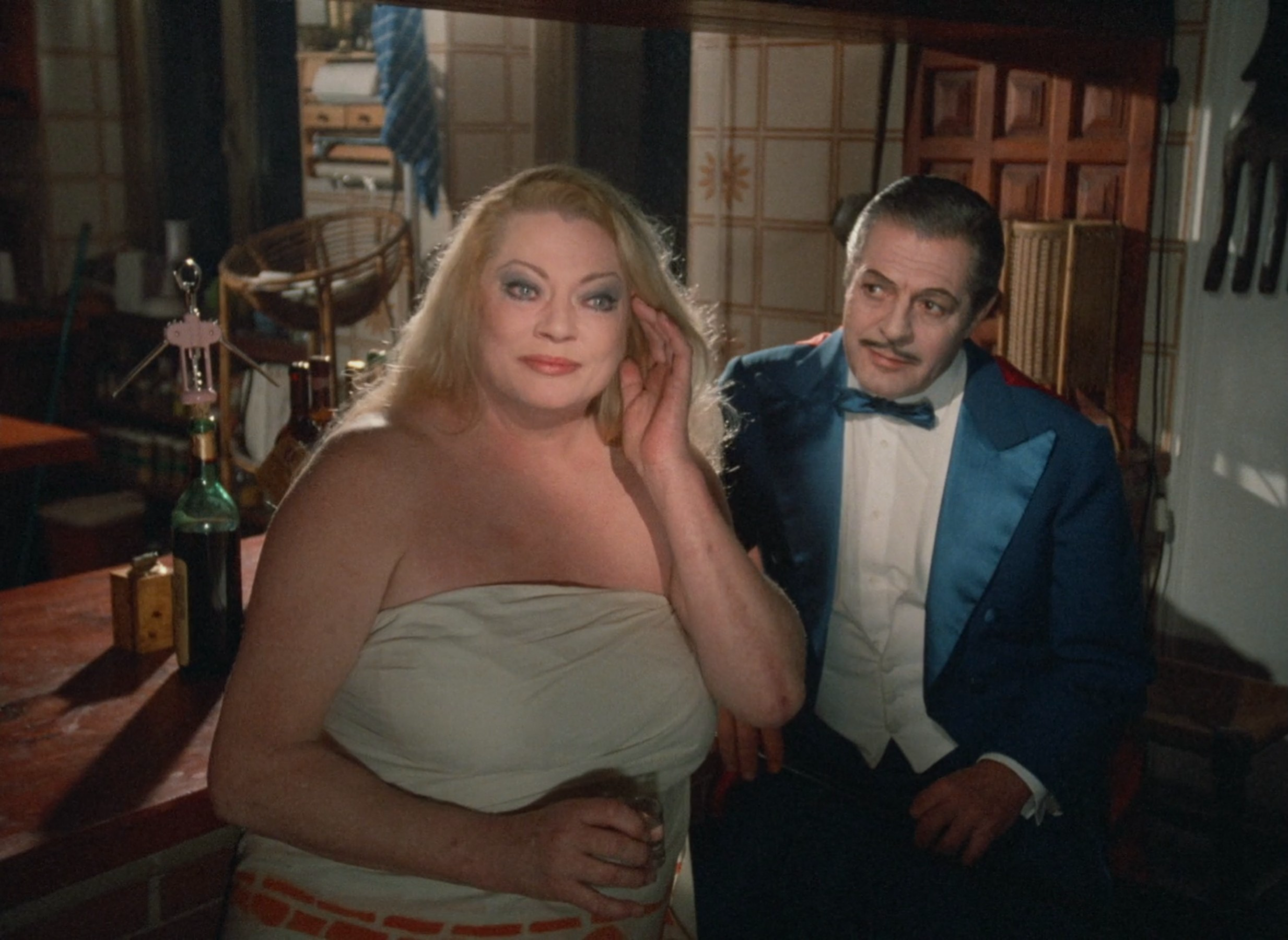
That this is the moment from Fellini’s career which he chooses to directly evoke in Intervista doesn’t just speak to his pride in its artistic brilliance. Above all else, the relationships that formed behind the scenes hold a timeless value to these artists, justifying all the pains and struggles that come with their profession. It is dismaying to see modern apartments buildings encroach on this studio lot that once hosted the grand sets of Ben-Hur and Cleopatra, yet the sad state of the industry does little to dampen the spirits of cast and crew who band together for the sake of entertainment.
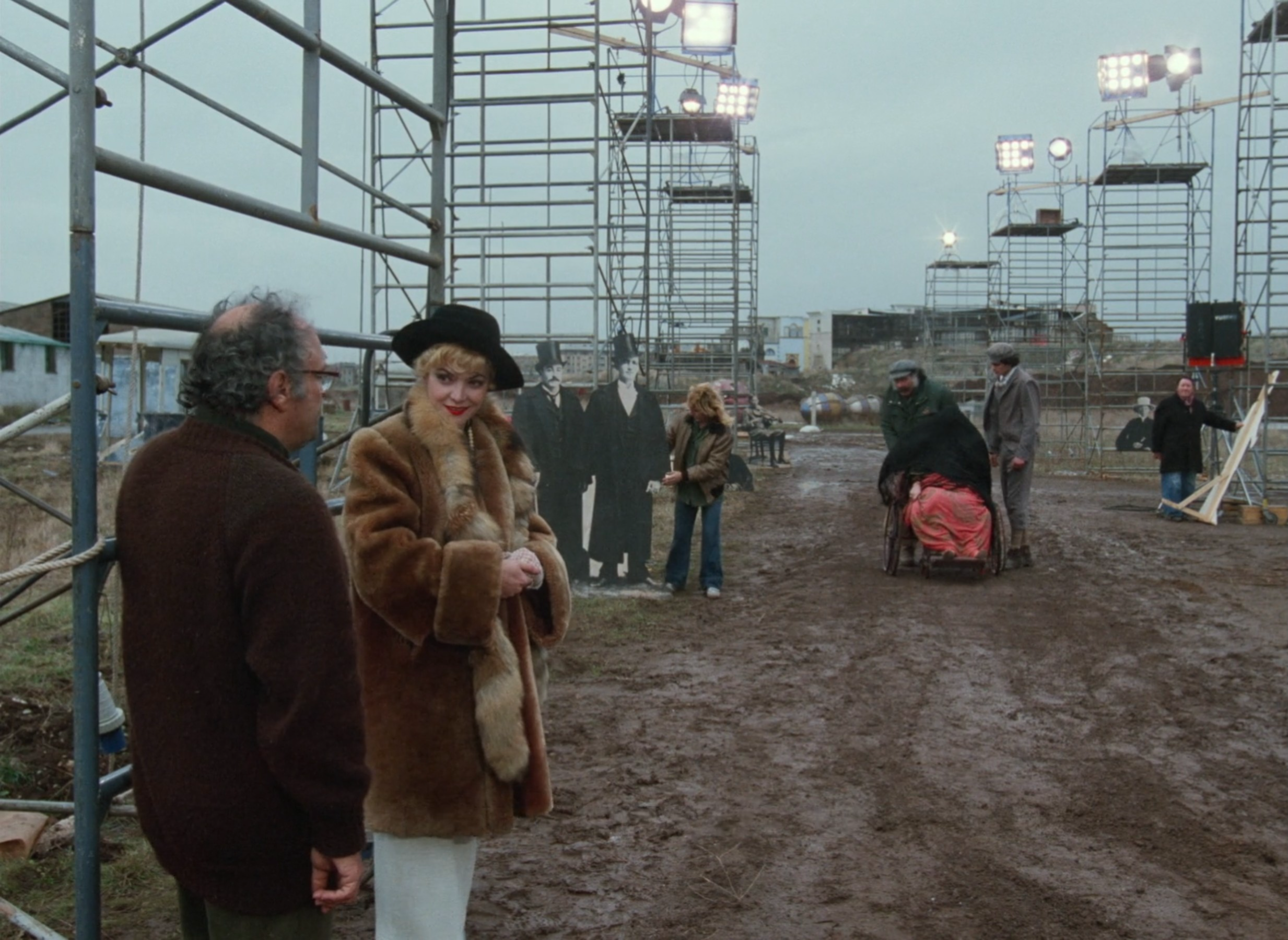
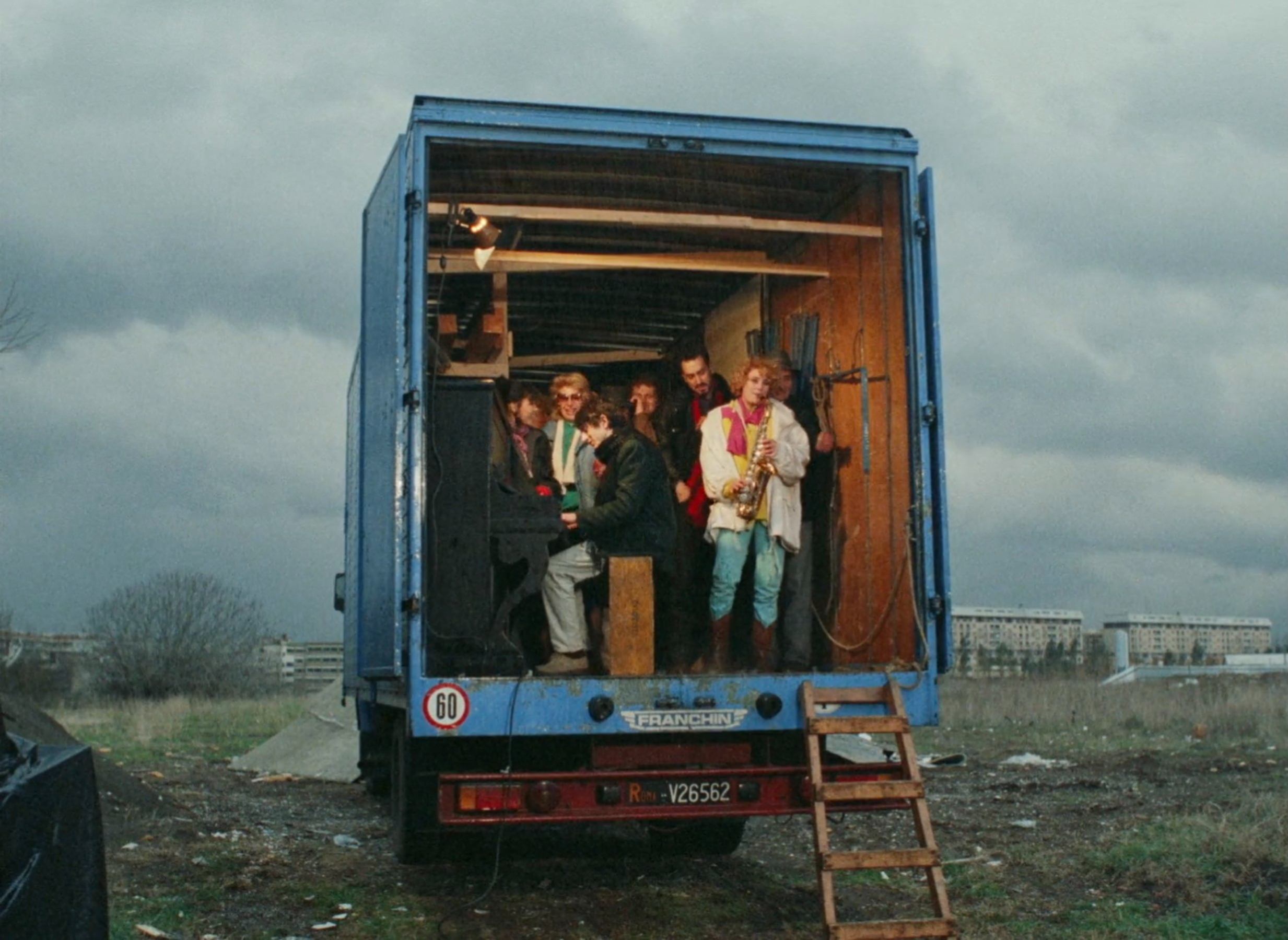
This is the true joy of filmmaking, Fellini posits, and it is on full display in the absurd final scenes of Intervista when Amerika finally enters production. Out in a muddy backlot of scaffolding and cardboard cutouts, an actress complains about her cemetery scene being cut, while a crewmember sheepishly gathers up the lightweight gravestones. Suddenly, mounted stage lights begin to explode from the drizzling rain, which soon escalates into a storm and sends everyone running beneath a small tarp shelter. As a jazz band in the back of a truck plays cheery tunes into the night, cast and crew entertain themselves with games, songs, and conversation, before falling asleep in cramped, uncomfortable positions.
Unbeknownst to them, standing atop a nearby hill the next morning is a tribe of Native Americans on horseback, carrying television antennae as weapons. Their attack on the makeshift shelter suddenly transforms the scene into a Western, only to be halted by Fellini’s call to cut. “We’re wrapped it!” the crew yells. “The film’s over!”
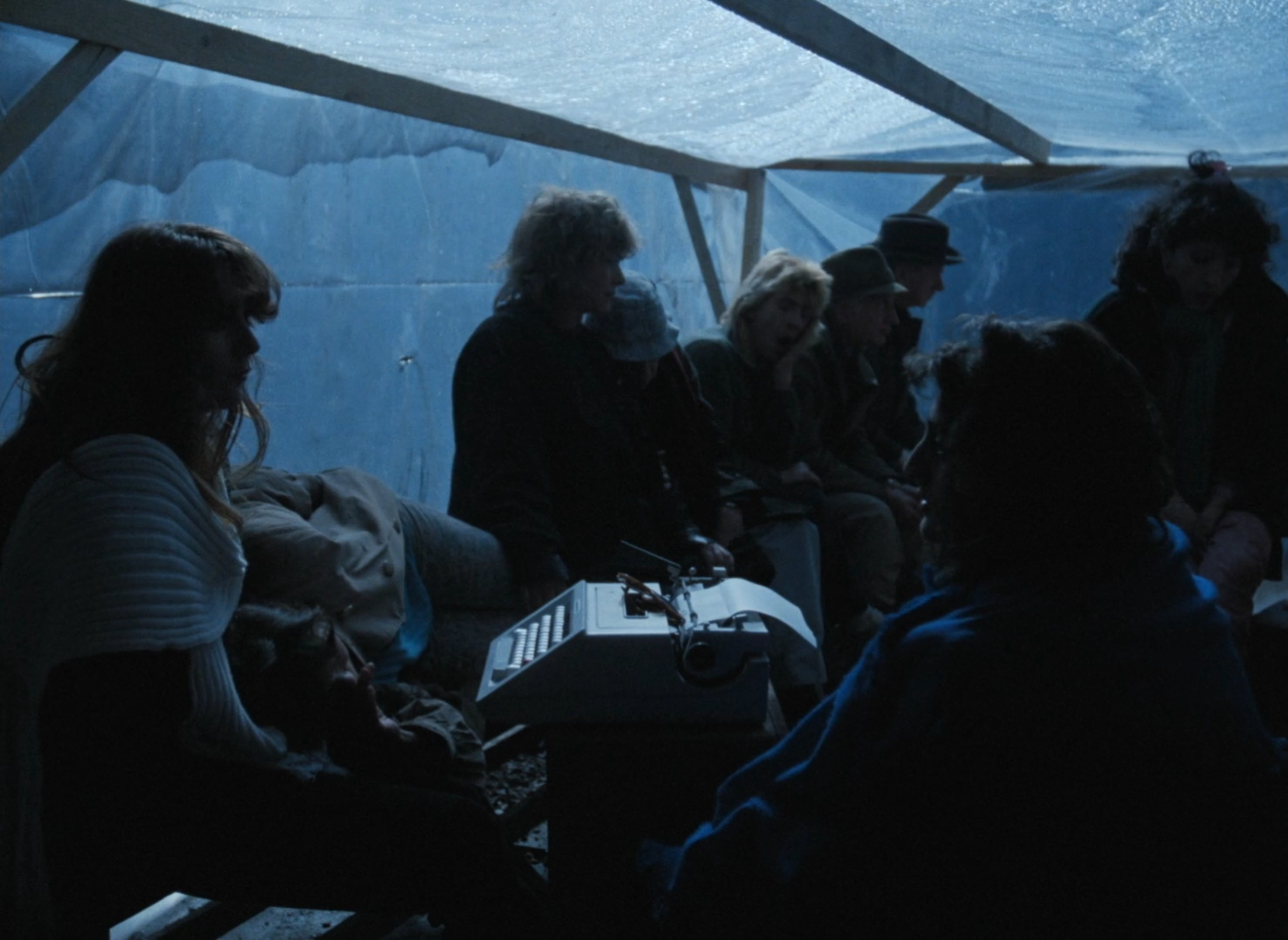
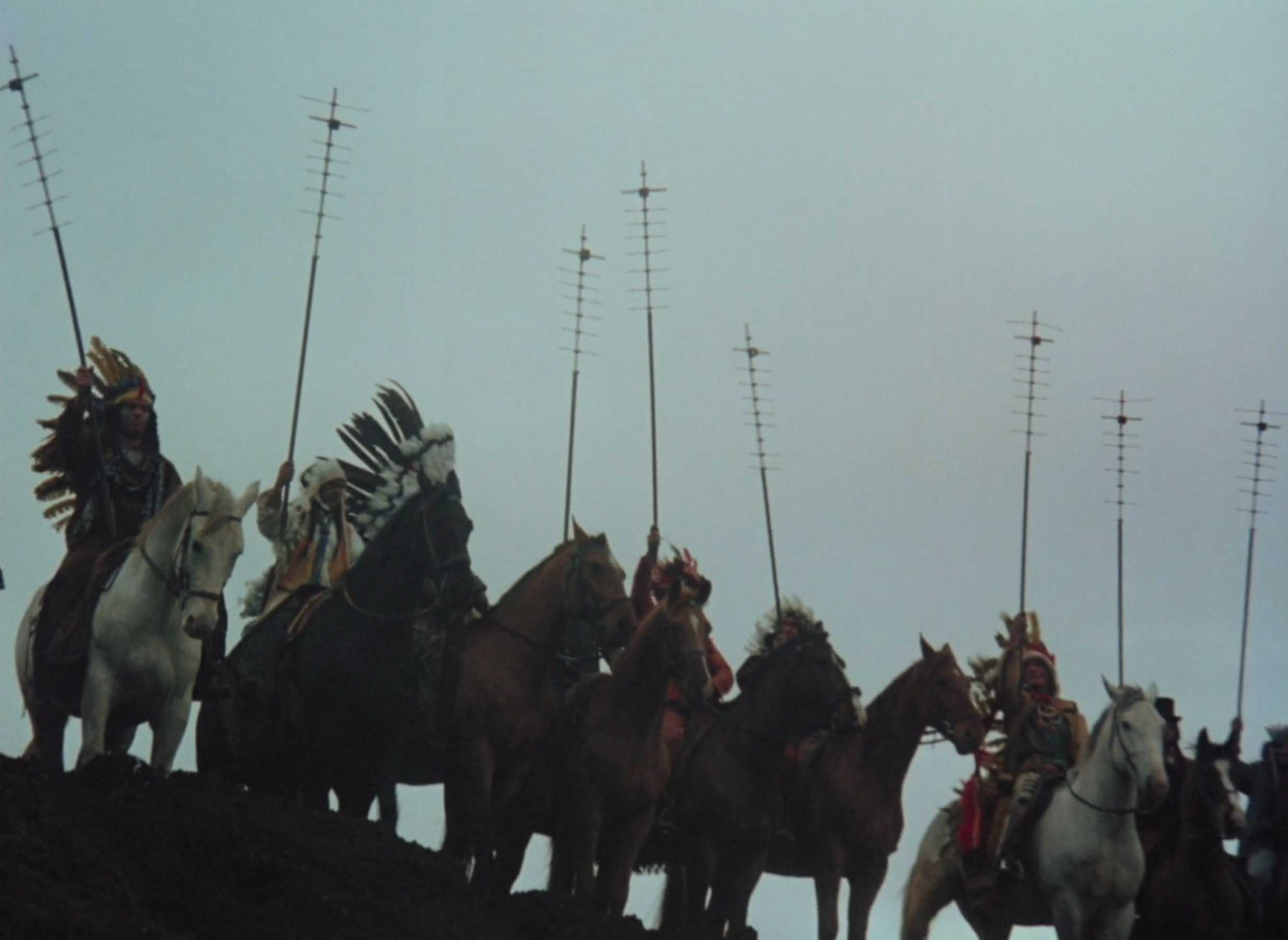
Once again, Intervista completely blindsides us with its invisible layers of metafiction, dwelling so long in what we assume to be reality that we fail to spot the illusion. At this point at least, Fellini is done hiding his intentions from us. “The film should end here,” his voiceover considers. “In fact, it’s over.” But not before reflecting on a criticism that he has often heard levelled at his stories.
“I hear the words of an old producer of mine. ‘What? Without the faintest hope or ray of sunshine? Give me at least a day of sunshine,’ he would beg when viewing my films. A ray of sunshine? Well, I don’t know. Let’s try.”
Fellini’s films were far from the bleakest of his contemporaries, especially with Ingmar Bergman’s oeuvre in contention, though these ambiguous final words are justified to an extent. Just as he revelled in entertainment and spectacle, so too did their cynical hollowness often rise to the surface in his films. The ambiguity of this ending sees Intervista dissipate without much gravity, but within it there is at least a sense of hope. “Take one,” a clapper loader announces in the final shot, commencing a new project. Perhaps it is Fellini’s, finally delivering that ray of sunshine he never quite mustered, or perhaps it belongs to another director carrying on his legacy. Either way, the lively spirit of Cinecittà Studios and the Italian film industry it houses lives on, long past their historic, illustrious golden age.
Intervista is currently streaming on The Criterion Channel.
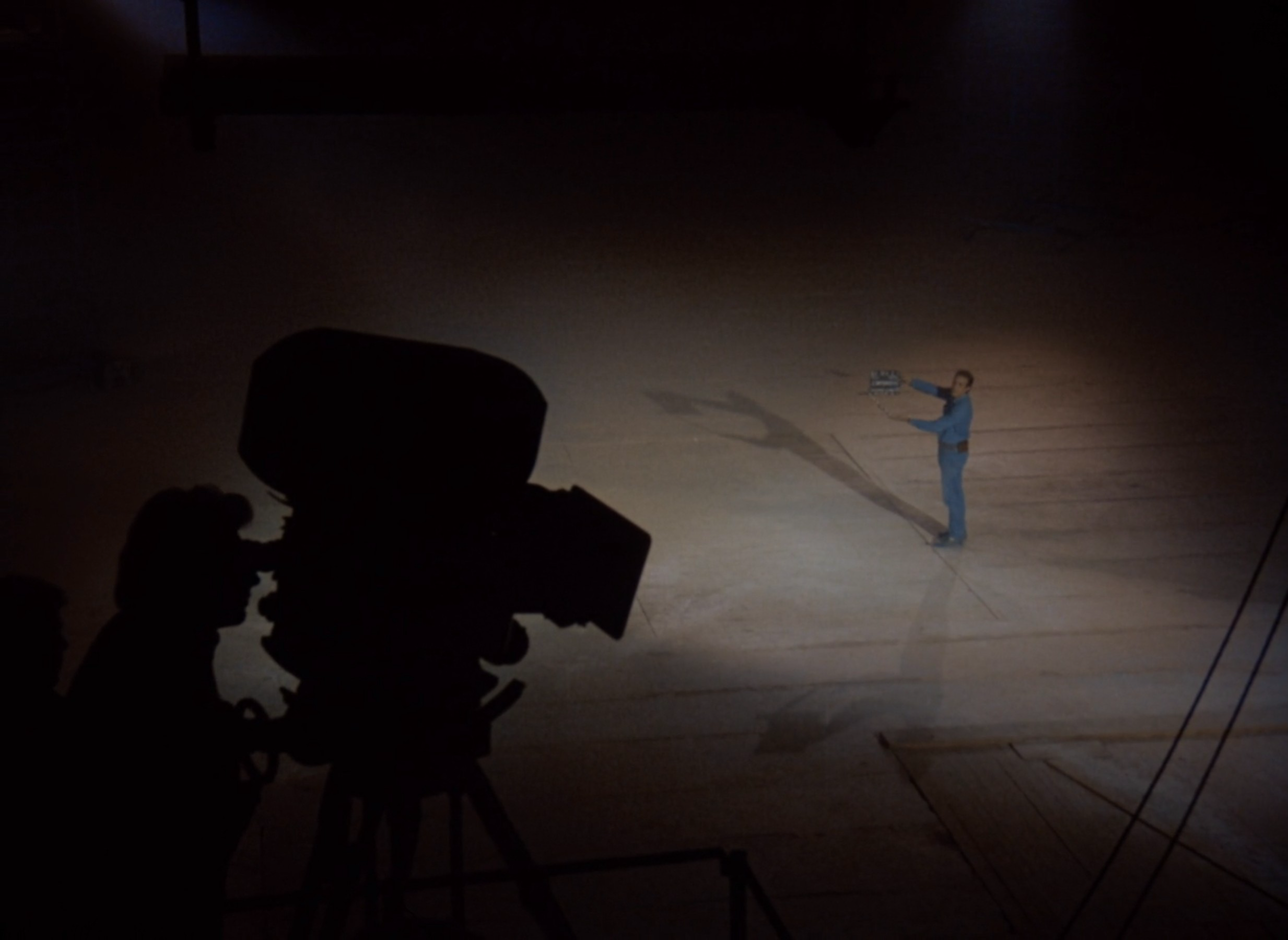


Pingback: Federico Fellini: Miracles and Masquerades – Scene by Green